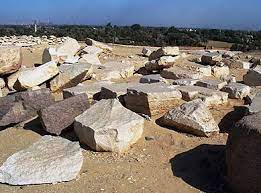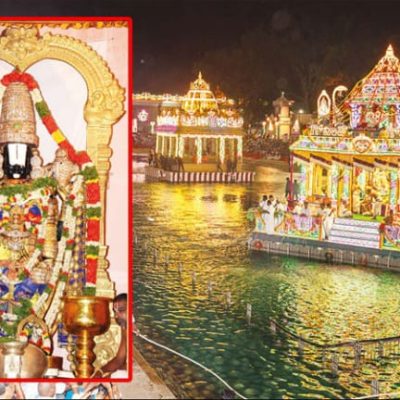Userkaf Sun Temple -Egypt

Address
Userkaf Sun Temple Abusir, Badrshein, Giza Governorate, Egypt
Diety
Sun (Surya)
Introduction
The Sun Temple of Userkaf was an Ancient Egyptian temple dedicated to the sun god Ra built by pharaoh Userkaf, the founder of the Fifth Dynasty of Egypt, at the beginning of the 25th century BCE. The Sun Temple of Userkaf lies between the Abusir pyramid field to the south and the locality of Abu Gurab to the north, some 15 km (9.3 mi) south of modern-day Cairo. The ancient name of the temple was Nekhen-Re meaning the “Stronghold of Ra”. The temple complex comprised several parts: on a low hill situated on the desert edge was the main temple which could be accessed via a causeway from a valley temple, located nearer to the area of cultivation and the Nile.
Puranic Significance
The Sun Temple of Userkaf was discovered by Karl Richard Lepsius in 1842, then director of the Prussian expedition to Egypt. Lepsius did not recognised the sun temple as such and rather included it in his pioneering list of pyramids, under the number XVII. The temple was found heavily destroyed so that any reconstruction remains very problematic. The main temple consisted originally once of one big solid mastaba–like structure with a mast on top. This can be guessed from references in texts where the temple is depicted as mastaba with a mast. It was surrounded by a wall, two chapels or offering chapels were placed in front of this main structure. They each had only one room. In a later phase the main structure received an obelisk–shaped top. An altar was added in front of the building. The temple was most likely erected in year 5 or 6 of the king’s reign, as it is mentioned on the Palermo stone (the remains of annals). The obelisk was most likely not added under Userkaf, but less than one of his successors, perhaps under king Neferirkare. The obelisk shape of the top can be concluded from the writing of the temple name in Old Kingdom texts. From the reign of the latter king on, the name is always written with an obelisk. Furthermore, there are firm archaeological reasons for the obelisk. One corner piece from the top edge of the obelisk was found.It is made of granite. Remains of at least two statue shrines were found. They were made of greywacke and decorated with a pattern, imitating matting or wooden beams. The valley temple was found heavily destroyed too. It had most likely an open court with pillars and several chapels at the back. The number of these chapels is unknown. Many seal impressions were found. Most of them bear king’s names. King Userkaf, Sahure, Niuserre, Djedkare and Unas are attested, providing evidence that the temple was used at least till the end of the Fifth Dynasty. This is also confirmed by the pottery found. In contrast, the valley temple was in use till the end of the Sixth Dynasty, according to the pottery evidence. From the New Kingdom come several visitor inscriptions, one of them was made by the reporter of the king Iamunedjeh, a person well known from other sources. He lived under Thutmoses III, about 1000 years after the building was erected. In his inscription, the temple is described as pyramid. Evidently, the obelisk had collapsed by the New Kingdom and the remains were interpreted as a pyramid.
Century/Period/Age
4500 years old
Managed By
Archaeological Survey
Nearest Bus Station
Abusir
Nearest Railway Station
Giza Railway Station
Nearest Airport
Hurghada





